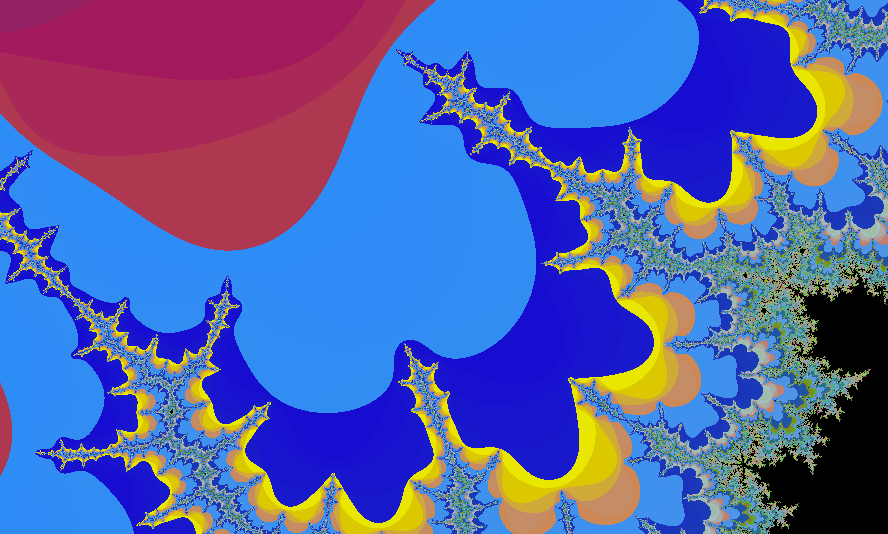 Several years ago, I was pushing the notion of the Coherent Organization. While I still feel it’s relevant, perhaps the time wasn’t right or I wasn’t convincing enough. However, as I continue to consider the issue of alignment of what we do in L&D (and organizational) practices, I realize there’s more. One way, then, to think about the coherent organization is as achieving levels of organizational alignment.
Several years ago, I was pushing the notion of the Coherent Organization. While I still feel it’s relevant, perhaps the time wasn’t right or I wasn’t convincing enough. However, as I continue to consider the issue of alignment of what we do in L&D (and organizational) practices, I realize there’s more. One way, then, to think about the coherent organization is as achieving levels of organizational alignment.
Starting from the top, I think of the alignment with the organization and society. Normally, and probably most importantly for survival, organizations need to think about alignment with their market. (In appropriate ways; I’m reminded how the freight business got upended when companies thought they were in the train business and not the transportation business.) However, there is a level above the market, and that is whether the org is serving the market in a society-appropriate way. For instance, if you’re helping your customers rip off their clients, it may be lucrative but it’s not a scrutable way to do business. I like the notion of benefit corporations (though they may not go far enough). Don’t do well by doing ill.
Which is the next level of alignment, of employees with the organization’s mission. They’ll be more engaged if that mission is appropriate! Further, I like the notion of ’employee experience’. I’ve heard it said that you can’t have a good customer experience if you don’t have a good employee experience. That’s plausible. I think Dan Pink’s Drive says it well, you want your employees to have Mastery, Autonomy, and Purpose. Which means having a clear raison d’être, goals and the freedom to pursue them, and support to succeed.
Accompanying that is a workplace culture that’s supportive of success. I like Jerry Michalski’s focus on trust; start from there. Then have transparency, e.g. ‘show your work’ and ‘learn out loud‘. I’m also a fan of the Learning Organization Dimensions of Garvin, Edmondson, & Gino. I like how Amy Edmondson has gone on to advocate for including both safety and accountability as complementary components of success.
Of course, this carries down to the individual level. For instance, including a focus on having performers prepared up front and developed over time. This includes a shift to coaching and mentoring, as well as learning experience design grounded in the sciences of learning and engagement. Going further, we should havie people not just knowing their purpose but getting feedback on how they‘re doing to achieve it. Recognition matters, with positive recognition of accomplishment or support to improve. Against an objective metric, of course, not comparative to others.
There’s more, but most importantly, it’s aligning all these from bottom to top. For instance, you could be creating a great culture to serve a bad purpose. Alternatively, you could have a great purpose but use industrial era methods to get there. I have to admit that, having served in orgs of various sizes, and seen the pockets of inefficiency that can emerge, I wonder how any business makes any money! Still, there’s evidence that the better you’re aligned, the better you do. (See the Toward Maturity Top Deck results or Laurie Bassi’s work on the link between people approaches and org success.
Achieving success at all levels of organizational alignment is a path to success. No one’s saying it’s easy, but it is doable. Further, it’s your best investment in the future. Just as with designing learning, get the core right before you add shiny objects, the same is true for organizations. There’s a transformation in practices to be done before you then apply the digital transformation. However, once you align these, as well, you’re on an upward path. Shall we?
By the way, this is aligned :) with the theme of what I’ll be talking about in my opening keynote for the ATD Japan Summit.


